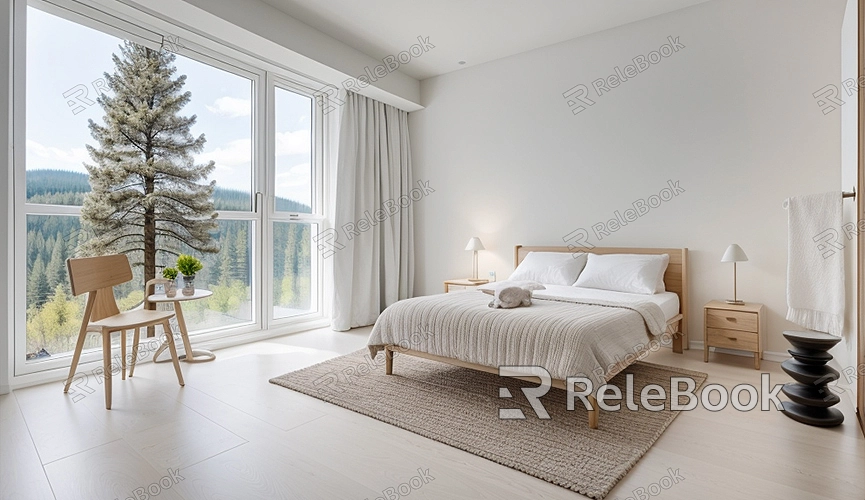How to Get Texture to Show Up in Blender Render
Blender is a powerful 3D modeling and rendering software widely used in animation, gaming, and visual effects production. When creating 3D models and virtual scenes, applying textures is crucial for enhancing the realism of models. However, many beginners in Blender may encounter issues where textures fail to display correctly during rendering. This article will detail how to correctly display textures in Blender render and provide relevant tips and suggestions to help you use Blender more efficiently.
Check Texture Paths
Firstly, ensure the texture file paths are correct. Blender uses external files as texture resources, and if the texture file's location changes, Blender may fail to locate and load these textures. Therefore, after importing textures, it's best to save the .blend file in the same directory as the texture files or use relative paths.

In Blender, you can check the texture path by following these steps:
1. Open your .blend file.
2. Go to the "Material Properties" panel.
3. In the "Texture" tab, verify that the texture file path is correct.
Apply Correct UV Mapping
Texture display issues can also stem from incorrect UV mapping. UV mapping is the process of correctly applying 2D texture maps onto 3D model surfaces. In Blender, ensure your model has proper UV mapping by:
1. Selecting your model and entering edit mode.
2. From the top menu, select "UV" and click "Unwrap".
3. Adjust the UV coordinates to properly map the texture onto the model surface.
Set Up Material Nodes
Blender's material node system is robust and allows for creating complex material effects. When using Cycles or Eevee renderers, ensure you've correctly set up the material nodes. Here are the basic steps for setting up material nodes:
1. Select your model and go to the "Material Properties" panel.
2. Click the "Use Nodes" button.
3. Open the "Shader Editor", add an "Image Texture" node, and select your texture file.
4. Connect the "Color" output of the "Image Texture" node to the "Base Color" input of the principal shader node.
Adjust Render Settings
If the above steps are completed but textures still don't display, it might be due to incorrect render settings. Ensure you've selected the correct renderer (Cycles or Eevee) in the "Render Properties" panel, and check the following settings:
- Texture sampling settings: Ensure texture sampling is enabled and set to an appropriate number of samples.
- Light bounce settings: In the "Light Paths" options, ensure enough light bounces are enabled to correctly display textures and lighting effects.
Check Normal Directions
Incorrect normal directions can also cause texture display issues. Ensure your model's normals are correct by:
1. Selecting your model and entering edit mode.
2. From the top menu, select "Overlay" and enable the "Normals" option.
3. Check and ensure all normals are facing outward. If there are incorrect normal directions, select those faces and use the "Flip Normals" tool to correct them.
Use Texture Maps
In some cases, simple textures may not achieve the desired effect. Consider using various texture maps such as normal maps, displacement maps, and specular maps. These maps can be added in the material node editor and connected to their respective input ports to enhance model details and realism.
Real-Time Preview and Debugging
For convenient texture previewing and debugging, utilize Blender's real-time render preview feature. Switch to "Render Preview" mode in the 3D View window to see real-time texture effects and make necessary adjustments. This can significantly improve workflow efficiency and ensure the quality of final rendered results.
Regular Saving and Backup
When working on extensive texture and material edits, regular saving and backup are good habits. Blender provides an auto-save feature, configurable in the "File" menu, ensuring quick recovery in case of unexpected issues.
By checking texture paths, applying correct UV mapping, setting up material nodes, adjusting render settings, and using real-time previews, you can easily display textures in Blender render. For high-quality 3D textures, HDRI, or 3D model downloads, consider downloading them from Relebook for seamless integration into your projects.

